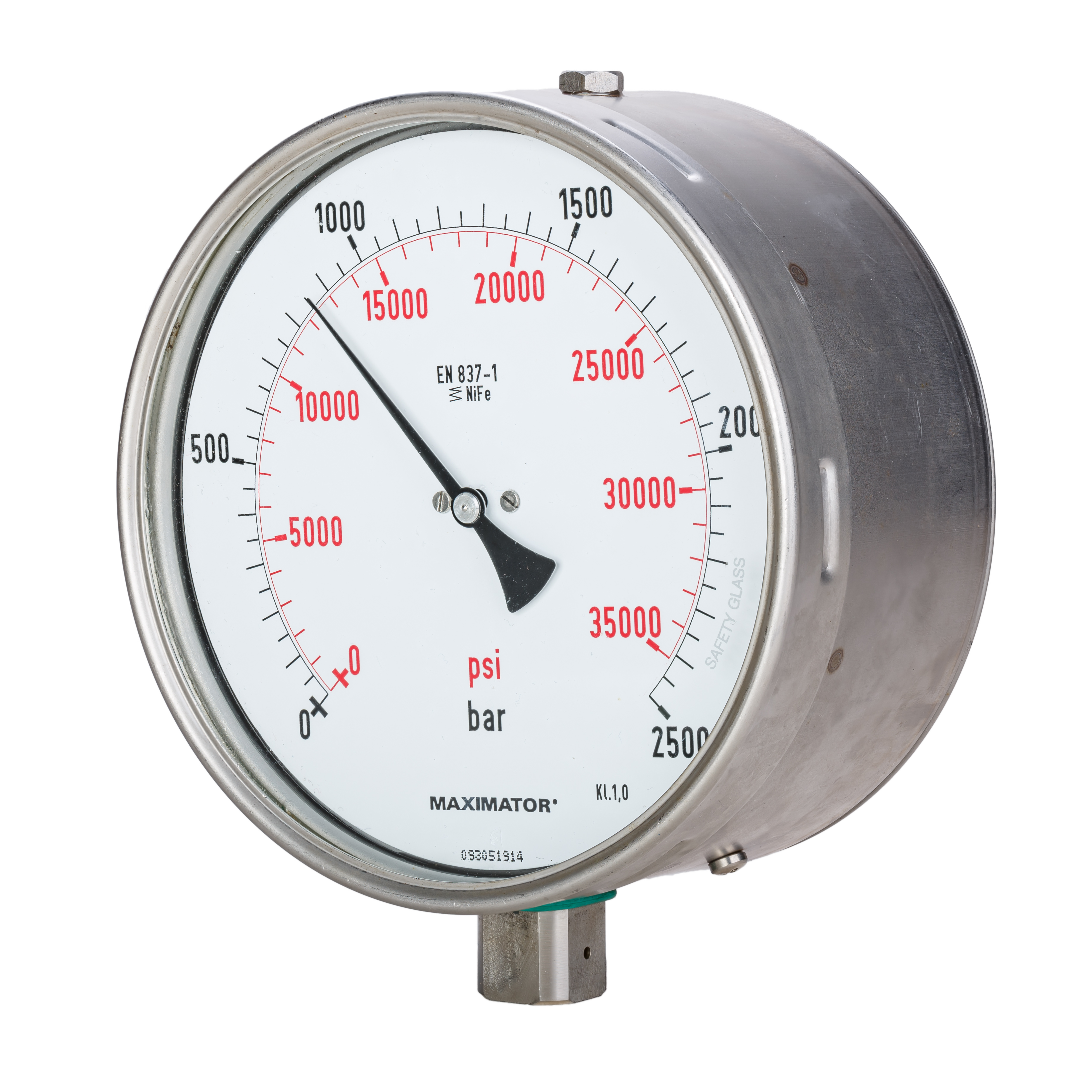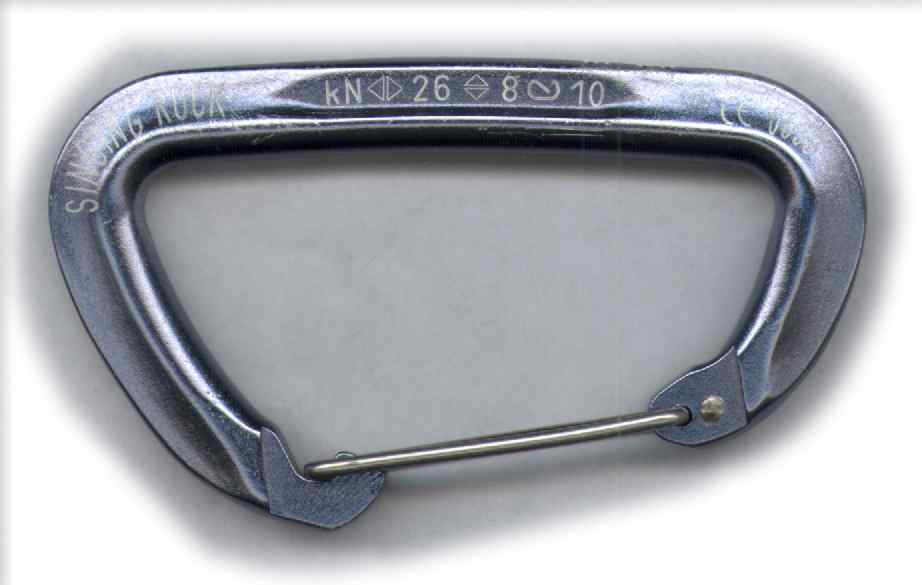|
Hectopascal
The pascal (symbol: Pa) is the unit of pressure in the International System of Units (SI). It is also used to quantify internal pressure, stress, Young's modulus, and ultimate tensile strength. The unit, named after Blaise Pascal, is an SI coherent derived unit defined as one newton per square metre (N/m2). It is also equivalent to 10 barye (10 Ba) in the CGS system. Common multiple units of the pascal are the hectopascal (1 hPa = 100 Pa), which is equal to one millibar, and the kilopascal (1 kPa = 1000 Pa), which is equal to one centibar. The unit of measurement called '' standard atmosphere (atm)'' is defined as . Meteorological observations typically report atmospheric pressure in hectopascals per the recommendation of the World Meteorological Organization, thus a standard atmosphere (atm) or typical sea-level air pressure is about 1013 hPa. Reports in the United States typically use inches of mercury or millibars (hectopascals). In Canada, th ... [...More Info...] [...Related Items...] OR: [Wikipedia] [Google] [Baidu] |
Atmospheric Pressure
Atmospheric pressure, also known as air pressure or barometric pressure (after the barometer), is the pressure within the atmosphere of Earth. The standard atmosphere (symbol: atm) is a unit of pressure defined as , which is equivalent to 1,013.25 millibars, 760 mm Hg, 29.9212 inchesHg, or 14.696 psi.International Civil Aviation Organization. ''Manual of the ICAO Standard Atmosphere'', Doc 7488-CD, Third Edition, 1993. . The atm unit is roughly equivalent to the mean sea-level atmospheric pressure on Earth; that is, the Earth's atmospheric pressure at sea level is approximately 1 atm. In most circumstances, atmospheric pressure is closely approximated by the hydrostatic pressure caused by the weight of air above the measurement point. As elevation increases, there is less overlying atmospheric mass, so atmospheric pressure decreases with increasing elevation. Because the atmosphere is thin relative to the Earth's radius—especially the dense atmospheric layer at low altitu ... [...More Info...] [...Related Items...] OR: [Wikipedia] [Google] [Baidu] |
Bar (unit)
The bar is a metric unit of pressure defined as 100,000 Pa (100 kPa), though not part of the International System of Units (SI). A pressure of 1 bar is slightly less than the current average atmospheric pressure on Earth at sea level (approximately 1.013 bar). By the barometric formula, 1 bar is roughly the atmospheric pressure on Earth at an altitude of 111 metres at 15 °C. The bar and the millibar were introduced by the Norwegian meteorologist Vilhelm Bjerknes, who was a founder of the modern practice of weather forecasting, with the bar defined as one megadyne per square centimetre. The SI brochure, despite previously mentioning the bar, now omits any mention of it.. The bar has been legally recognised in countries of the European Union since 2004. British Standard BS 350:2004 ''Conversion Factors for Units''. The US National Institute of Standards and Technology (NIST) deprecates its use except for "limited use in meteorology" and lists ... [...More Info...] [...Related Items...] OR: [Wikipedia] [Google] [Baidu] |
Pressure Gauge
Pressure measurement is the measurement of an applied force by a fluid (liquid or gas) on a surface. Pressure is typically measured in units of force per unit of surface area. Many techniques have been developed for the measurement of pressure and vacuum. Instruments used to measure and display pressure mechanically are called pressure gauges, vacuum gauges or compound gauges (vacuum & pressure). The widely used Bourdon gauge is a mechanical device, which both measures and indicates and is probably the best known type of gauge. A vacuum gauge is used to measure pressures lower than the ambient atmospheric pressure, which is set as the zero point, in negative values (for instance, −1 bar or −760 mmHg equals total vacuum). Most gauges measure pressure relative to atmospheric pressure as the zero point, so this form of reading is simply referred to as "gauge pressure". However, anything greater than total vacuum is technically a form of pressure. For very low pr ... [...More Info...] [...Related Items...] OR: [Wikipedia] [Google] [Baidu] |
Pressure
Pressure (symbol: ''p'' or ''P'') is the force applied perpendicular to the surface of an object per unit area over which that force is distributed. Gauge pressure (also spelled ''gage'' pressure)The preferred spelling varies by country and even by industry. Further, both spellings are often used ''within'' a particular industry or country. Industries in British English-speaking countries typically use the "gauge" spelling. is the pressure relative to the ambient pressure. Various #Units, units are used to express pressure. Some of these derive from a unit of force divided by a unit of area; the International System of Units, SI unit of pressure, the Pascal (unit), pascal (Pa), for example, is one newton (unit), newton per square metre (N/m2); similarly, the Pound (force), pound-force per square inch (Pound per square inch, psi, symbol lbf/in2) is the traditional unit of pressure in the imperial units, imperial and United States customary units, US customary systems. Pressure ma ... [...More Info...] [...Related Items...] OR: [Wikipedia] [Google] [Baidu] |
Inches Of Mercury
Inch of mercury (inHg, ″Hg, or in) is a non- SI unit of measurement for pressure. It is used for barometric pressure in weather reports, refrigeration and aviation in the United States. It is the pressure exerted by a column of mercury in height at the standard acceleration of gravity. Conversion to metric units depends on the density of mercury, and hence its temperature; typical conversion factors are: In older literature, an "inch of mercury" is based on the height of a column of mercury at .Barry N. Taylor, ''Guide for the Use of the International System of Units (SI),'' 1995, NIST Special Publication 811, Appendix /ref> :1 inHg60 °F = In Imperial units: 1 inHg60 °F = 0.489 771 Pounds per square inch, psi, or 2.041 771 inHg60 °F = 1 psi. Applications Aircraft and automobiles Aircraft altimeters measure the relative pressure difference between the lower ambient pressure at altitude and a calibrated reading on the ground ... [...More Info...] [...Related Items...] OR: [Wikipedia] [Google] [Baidu] |
Centimetre–gram–second System Of Units
The centimetre–gram–second system of units (CGS or cgs) is a variant of the metric system based on the centimetre as the unit of length, the gram as the unit of mass, and the second as the unit of time. All CGS mechanical units are unambiguously derived from these three base units, but there are several different ways in which the CGS system was extended to cover electromagnetism. The CGS system has been largely supplanted by the MKS system based on the metre, kilogram, and second, which was in turn extended and replaced by the International System of Units (SI). In many fields of science and engineering, SI is the only system of units in use, but CGS is still prevalent in certain subfields. In measurements of purely mechanical systems (involving units of length, mass, force, energy, pressure, and so on), the differences between CGS and SI are straightforward: the unit-conversion factors are all powers of 10 as and . For example, the CGS unit of force is the dyne, w ... [...More Info...] [...Related Items...] OR: [Wikipedia] [Google] [Baidu] |
SI Coherent Derived Unit
SI derived units are units of measurement derived from the seven SI base units specified by the International System of Units (SI). They can be expressed as a product (or ratio) of one or more of the base units, possibly scaled by an appropriate power of exponentiation (see: Buckingham π theorem). Some are dimensionless, as when the units cancel out in ratios of like quantities. SI coherent derived units involve only a trivial proportionality factor, not requiring conversion factors. The SI has special names for 22 of these coherent derived units (for example, hertz, the SI unit of measurement of frequency), but the rest merely reflect their derivation: for example, the square metre (m2), the SI derived unit of area; and the kilogram per cubic metre (kg/m3 or kg⋅m−3), the SI derived unit of density. The names of SI coherent derived units, when written in full, are always in lowercase. However, the symbols for units named after persons are written with an uppercase initi ... [...More Info...] [...Related Items...] OR: [Wikipedia] [Google] [Baidu] |
Newton (unit)
The newton (symbol: N) is the unit of force in the International System of Units (SI). Expressed in terms of SI base units, it is 1 kg⋅m/s2, the force that accelerates a mass of one kilogram at one metre per second squared. The unit is named after Isaac Newton in recognition of his work on classical mechanics, specifically his second law of motion. Definition A newton is defined as 1 kg⋅m/s2 (it is a named derived unit defined in terms of the SI base units). One newton is, therefore, the force needed to accelerate one kilogram of mass at the rate of one metre per second squared in the direction of the applied force. The units "metre per second squared" can be understood as measuring a rate of change in velocity per unit of time, i.e. an increase in velocity by one metre per second every second. In 1946, the General Conference on Weights and Measures (CGPM) Resolution 2 standardized the unit of force in the MKS system of units to be the amount need ... [...More Info...] [...Related Items...] OR: [Wikipedia] [Google] [Baidu] |
Square Metre
The square metre ( international spelling as used by the International Bureau of Weights and Measures) or square meter ( American spelling) is the unit of area in the International System of Units (SI) with symbol m2. It is the area of a square with sides one metre in length. Adding and subtracting SI prefixes creates multiples and submultiples; however, as the unit is exponentiated, the quantities grow exponentially by the corresponding power of 10. For example, 1 kilometre is 103 (one thousand) times the length of 1 metre, but 1 square kilometre is (103)2 (106, one million) times the area of 1 square metre, and 1 cubic kilometre is (103)3 (109, one billion) cubic metres. SI prefixes applied The square metre may be used with all SI prefixes used with the metre. Unicode characters Unicode has several characters used to represent metric area units, but these are for compatibility with East Asian character encodings and are meant to be used in new documents. * * ... [...More Info...] [...Related Items...] OR: [Wikipedia] [Google] [Baidu] |
Standard Atmosphere (unit)
The standard atmosphere (symbol: atm) is a unit of pressure defined as Pa. It is sometimes used as a ''reference pressure'' or ''standard pressure''. It is approximately equal to Earth's average atmospheric pressure at sea level. History The standard atmosphere was originally defined as the pressure exerted by a 760 mm column of mercury at and standard gravity (''g''n = ). It was used as a reference condition for physical and chemical properties, and the definition of the centigrade temperature scale set 100 °C as the boiling point of water at this pressure. In 1954, the 10th General Conference on Weights and Measures (CGPM) adopted ''standard atmosphere'' for general use and affirmed its definition of being precisely equal to dynes per square centimetre (). This defined pressure in a way that is independent of the properties of any particular substance. In addition, the CGPM noted that there had been some misapprehension that the previous definition (from the 9th CGPM ... [...More Info...] [...Related Items...] OR: [Wikipedia] [Google] [Baidu] |




